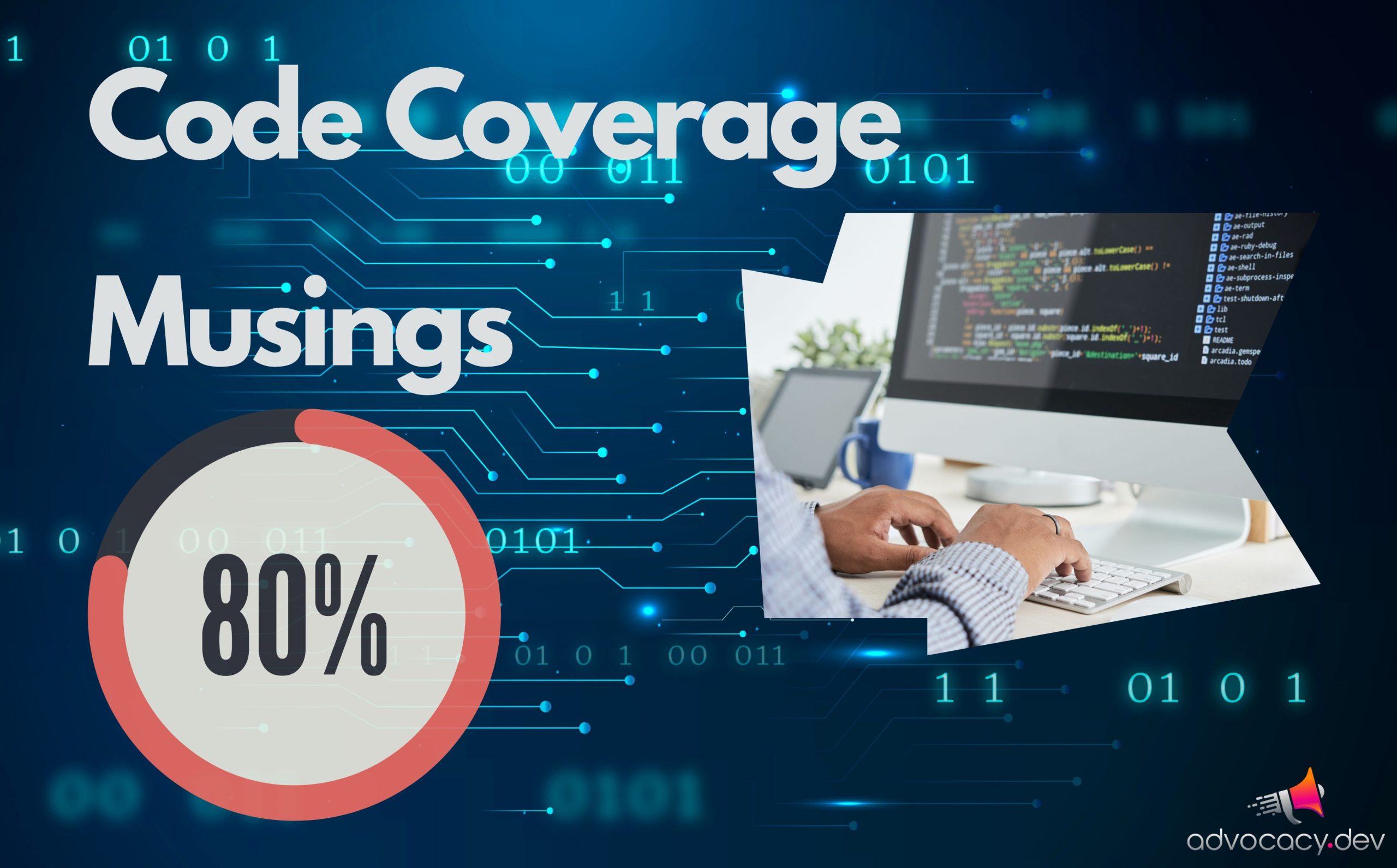Introduction
In the fast-paced world of software development, ensuring the security of your code and applications is paramount. As technology advances, so do the threats that can compromise the integrity and confidentiality of your software. This article delves into the importance of safeguarding your code and applications, exploring various strategies, tools, and best practices to fortify your digital assets.

The Evolving Threat Landscape
The digital landscape is replete with cyber threats that constantly evolve and adapt to new technologies. From traditional malware to sophisticated cyber-espionage, developers must be vigilant in defending their code. As applications become more interconnected and reliant on the internet, the attack surface expands, making it crucial to implement robust security measures.
Understanding Software Vulnerabilities
Before implementing safeguards, it’s essential to understand the vulnerabilities that your software may be exposed to. Common vulnerabilities include injection attacks, cross-site scripting, insecure direct object references, security misconfigurations, and more. By comprehending these risks, developers can tailor their security measures to address specific threats.
Secure Coding Practices
A fundamental aspect of safeguarding software is adopting secure coding practices. Developers should adhere to principles such as input validation, output encoding, and proper error handling to mitigate common vulnerabilities. Regular code reviews, static code analysis, and dynamic testing are vital components of identifying and rectifying potential security flaws during the development process.
Implementing Encryption
Encryption is a cornerstone of data security. Whether it’s sensitive user information or critical application data, encrypting data at rest and in transit is essential. This safeguards information from unauthorized access and ensures the confidentiality of sensitive data.
Authentication and Authorization
Effective authentication and authorization mechanisms are crucial to control access to your applications. Implementing strong password policies, multi-factor authentication, and role-based access controls help mitigate the risk of unauthorized access. Regularly reviewing and updating user permissions is equally important to ensure that only authorized individuals have access to specific functionalities.
Securing Third-Party Components
Modern software often relies on third-party components, libraries, and frameworks. While these components can expedite development, they also introduce potential vulnerabilities. Keeping third-party dependencies updated and monitoring security advisories helps mitigate the risk of using outdated or compromised software components.
Continuous Monitoring and Incident Response
Safeguarding software is an ongoing process that extends beyond the development phase. Implementing continuous monitoring allows for the timely detection of suspicious activities and potential security incidents. Developing an effective incident response plan ensures a swift and coordinated response to security breaches, minimizing the impact on your software and users.
Security Testing
Regular security testing is indispensable for identifying and mitigating vulnerabilities in your software. This includes both static analysis tools that review the source code for potential issues and dynamic analysis tools that simulate real-world attack scenarios. Penetration testing, vulnerability scanning, and security assessments contribute to a comprehensive security testing strategy.
DevSecOps: Integrating Security into Development
DevSecOps is an approach that integrates security practices into the DevOps pipeline, emphasizing collaboration between development, operations, and security teams. This proactive approach ensures that security is not an afterthought but an integral part of the software development lifecycle. Automation tools, continuous integration, and continuous deployment pipelines are leveraged to streamline security processes.
Compliance and Regulatory Considerations
Depending on the nature of your software and the industries it serves, compliance with regulatory standards may be mandatory. Understanding and adhering to regulations such as GDPR, HIPAA, or PCI DSS is crucial to avoiding legal repercussions and ensuring the privacy and security of user data.
Educating Development Teams
Building a strong security culture within development teams is paramount. Educating developers about security best practices, emerging threats, and the importance of secure coding principles empowers them to actively contribute to the software safeguarding process.
Conclusion
In a digital landscape fraught with cyber threats, safeguarding your code and applications is not an option but a necessity. From adopting secure coding practices to integrating security into the development pipeline, developers must be proactive in addressing vulnerabilities at every stage of the software development lifecycle. By staying informed, implementing robust security measures, and fostering a security-conscious culture, developers can fortify their code and applications against an ever-evolving threat landscape. Remember, the best defense is a well-executed offense when it comes to securing your digital assets.
